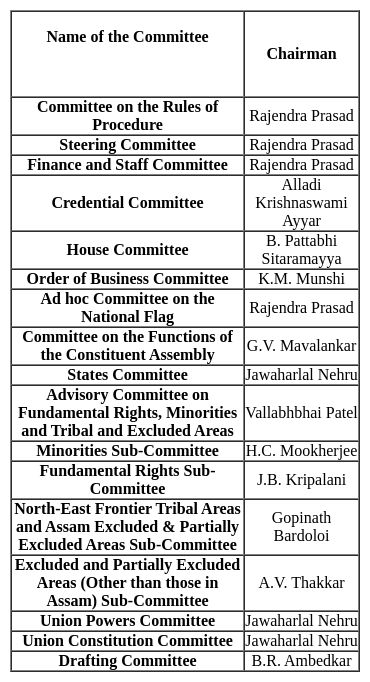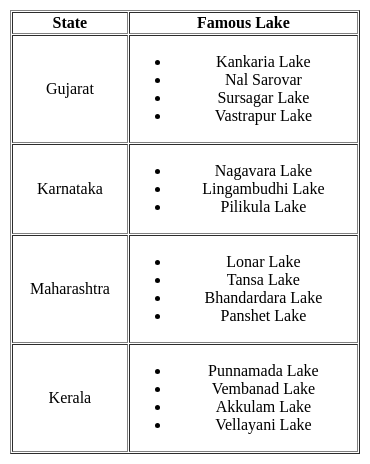MPPSC Paper 1 (GS) Mock Test - 4 - MPPSC (Madhya Pradesh) MCQ
30 Questions MCQ Test - MPPSC Paper 1 (GS) Mock Test - 4
Which of the following is a Primary Consumer in an aquatic food chain?
What type of missile is the SAMAR air defence system?
In which of the following districts of Madhya Pradesh archaelogical site "Adamgarh" founded?
Which statement is correct regarding the Panchayat Raj system in Madhya Pradesh?
When was the bill relating to Urban Local Bodies passed in MP State Assembly?
When did the Cairo Declaration on Human Rights in Islam adopted?
Which is the world’s first charter of human rights?
Which of the following statements about Pt. Neki Ram Sharma is not true?
National Highway 44 (NH 44) passes through how many cities and towns of Madhya Pradesh?
Which of the following is not a part of Quit India Resolution?
Which of the following is used to receive and send computer files over telephone lines?
Officially India's GDP or National Income (NI) also known as NNP was calculated based on what before 2015?
In December 1946, how many members attended the first session of the Constituent Assembly of India?
The neutralization reaction between an acid and a base is a type of :
Consider the following statements regarding folk songs of MP:
1. Heed songs are folk songs of Baghelkhand.
2. Heed songs are sung in the month of saawan.
Which of the above statements is/are incorrect?
What technology will the new PepsiCo facility in Madhya Pradesh utilize to manage water resources?
What is the main purpose of the Namami Gange Programme?
















